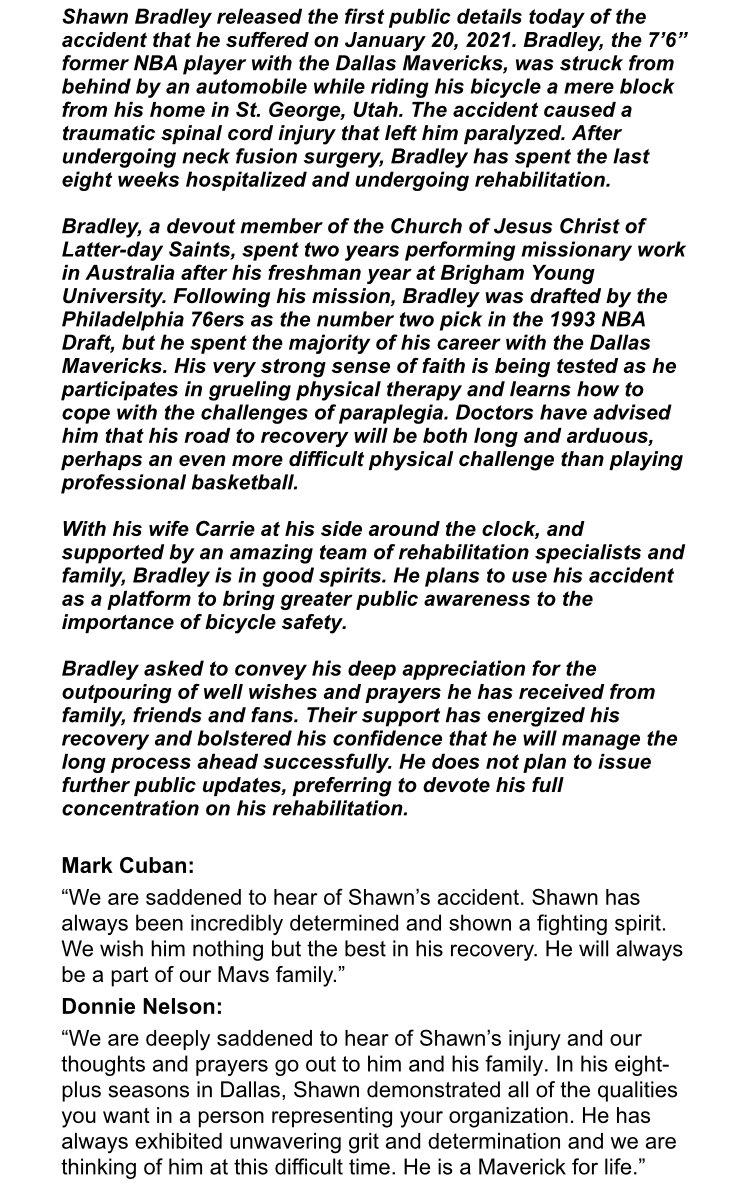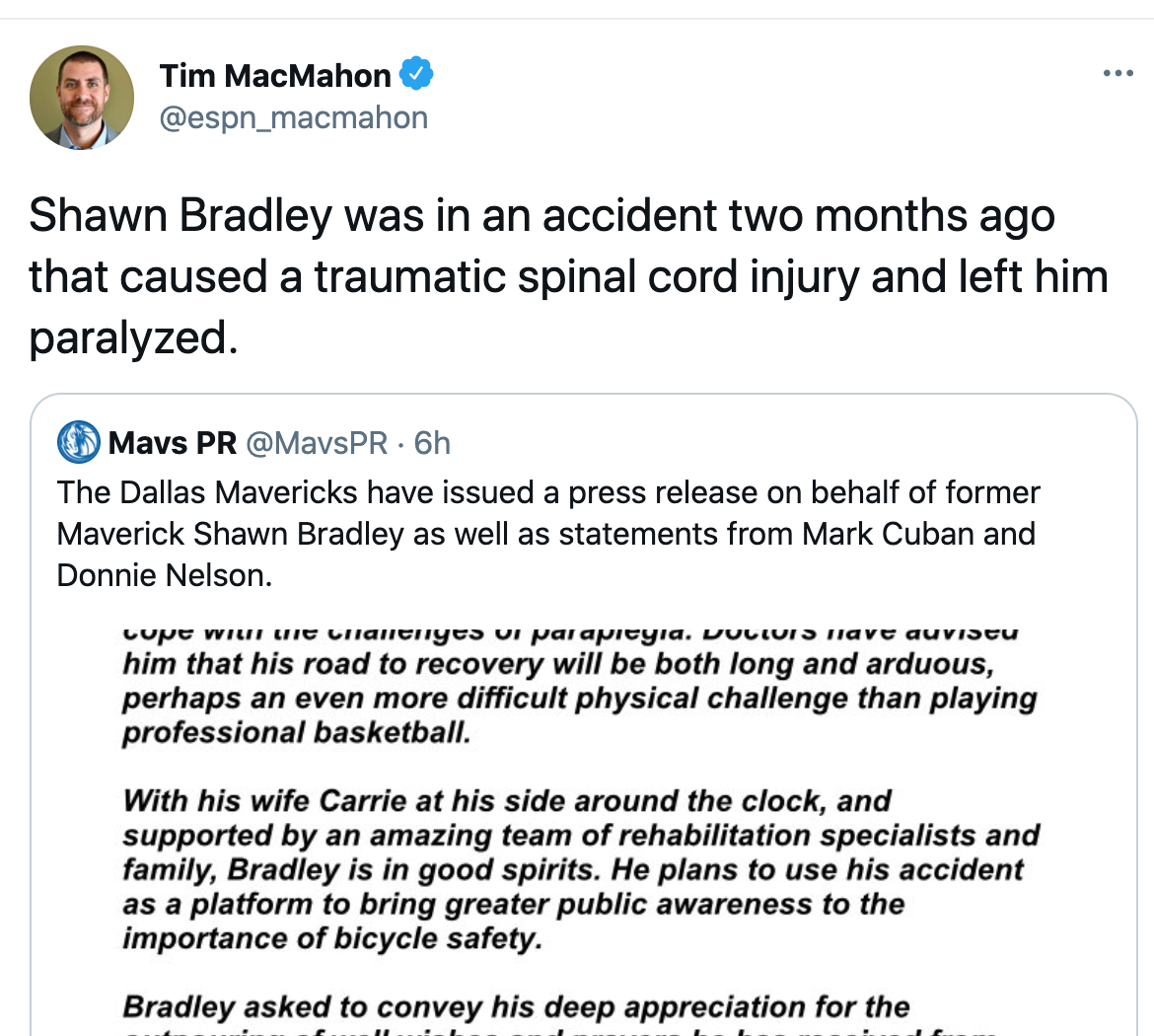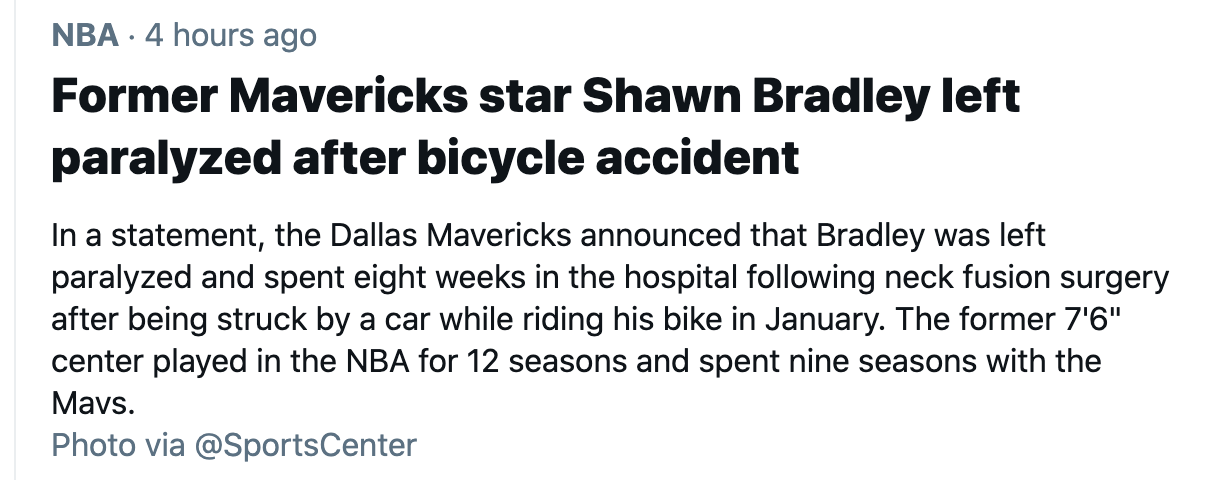It’s a crash, not an “accident.”
“The studies also looked at whether reports contained what the researchers called a counterfactual: a detail that subtly shifts blame, such as noting that the victim “was not wearing a helmet” or “was wearing dark clothing.” In the university group’s study, 48 percent of the examined stories included such a statement, which, without important context, suggested the victim was at least partly at fault. “Dark clothing is irrelevant if the driver is distracted,” says Goddard, “and a helmet will not save you if the driver hits you at 60 miles per hour.”
These counterfactuals don’t just crop up in news stories; they appear in civil court cases, too. “I had a client who was hit at 9 a.m. in June, broad daylight, wearing normal street clothes,” says Hottman. “And the defense made the implication that it was his fault for not dressing in a bright and visible fashion.” Read the rest, here.














Read 0 comments and reply